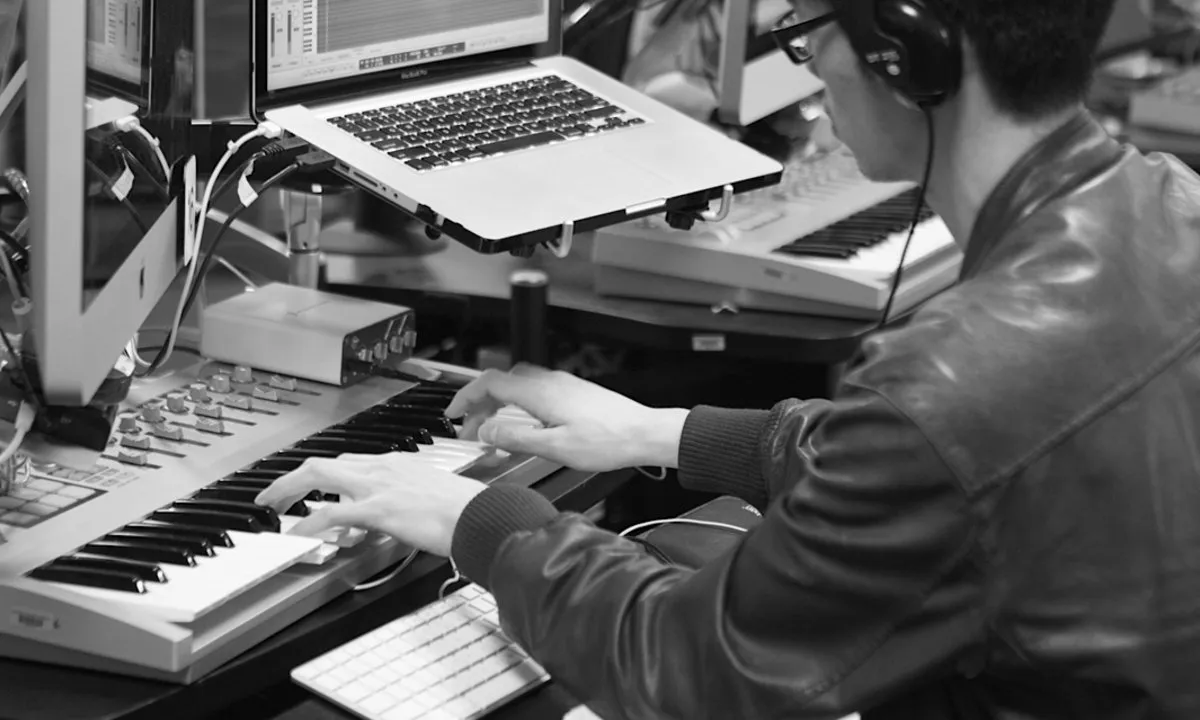
Creating Sounds for Electronic Music 
This project-centered course is perfect for aspiring producers, composers, and hobbyists who want to gain skills in music production and confidence using software synthesizers. You will create sounds and use them in your own musical compositions, and work with a free version of FXpansion Strobe 2. You should have experience with a digital audio workstation that supports VST, AAX, or AU plugins, a MIDI keyboard or controller, and a digital audio workstation. With guidance from your instructor and classmates, you will create a massive database of designed sounds to use in your compositions. When you complete the course, you’ll have a finished project that you’ll be proud to use and share. ▼
ADVERTISEMENT
Course Feature
![]() Cost:
Cost:
Free
![]() Provider:
Provider:
Coursera
![]() Certificate:
Certificate:
Paid Certification
![]() Language:
Language:
English
![]() Start Date:
Start Date:
10th Jul, 2023
Course Overview
❗The content presented here is sourced directly from Coursera platform. For comprehensive course details, including enrollment information, simply click on the 'Go to class' link on our website.
Updated in [July 27th, 2023]
This project-centered course is designed to help learners create sounds and use them in their own musical compositions. Whether they are aspiring producers, composers, or hobbyists, this course will help them gain skills in music production and confidence using software synthesizers. Learners will work together to create a massive database of designed sounds, or patches, to use in their compositions. As part of the course, they will work with a free version of FXpansion Strobe 2. This course is designed for learners who are familiar with music production basics, and who have access to some basic music production equipment. Specifically, they should have experience with a digital audio workstation that supports VST, AAX, or AU plugins (Introduction to Music Production or Pro Tools Basics are recommended if they do not have this experience). They will also need a MIDI keyboard or controller (such as an oxygen 8), a digital audio workstation, such as Pro Tools, and FXpansion Strobe 2 (a free 90-day demo will be provided for Coursera learners in this course). Project-Centered Courses are designed to help learners complete a personally meaningful real-world project, with their instructor and a community of learners with similar goals providing guidance and suggestions along the way. By actively applying new concepts as they learn, they will master the course content more efficiently; they will also get a head start on using the skills they gain to make positive changes in their life and career. When they complete the course, they will have a finished project that they will be proud to use and share.
Course Syllabus
Welcome to Creating Sounds for Electronic Music!
Welcome to your Berklee course! Before you begin the course, we will cover all the details about the course and what you'll need to know to get the most out of your Berklee course.Creating A Mock Up
This week, we'll start working in Strobe 2 and create a mock up of our song. We will focus on creating drum and bass patches to use in our songs. We'll also go over the form we will be using for our electronic etudes.Creating Draft 1
This week, we'll look at organ, lead, keys, and arpeggiator patches. We'll start researching and adding these patches to our etudes.Creating Draft 2
This week, we'll learn about pads, synths, unison, and chord patches. We'll research these patches and add them to our second draft. We'll also take a look at changing something drastic in our etudes.Creating Draft 3
This week, we'll create our third draft. We'll add special FX and texture to our etudes. We'll also expand on the 40-measure form and begin to develop our musical ideas further.Course Provider

Provider Coursera's Stats at AZClass
Discussion and Reviews
0.0 (Based on 0 reviews)
Explore Similar Online Courses
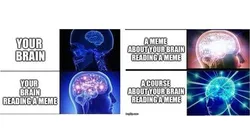
How to Do Things with Memes

Counseling Psychology

Python for Informatics: Exploring Information

Social Network Analysis

Introduction to Systematic Review and Meta-Analysis

The Analytics Edge

DCO042 - Python For Informatics

Causal Diagrams: Draw Your Assumptions Before Your Conclusions

Whole genome sequencing of bacterial genomes - tools and applications
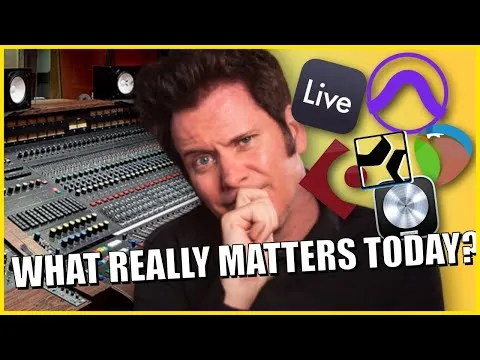
Analog vs Digital Music Production FAQ Friday is BACK
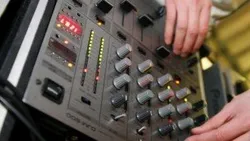
Learn how to become a great DJ and be the life of the party!
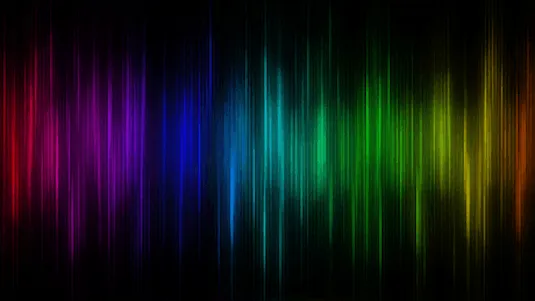

Start your review of Creating Sounds for Electronic Music